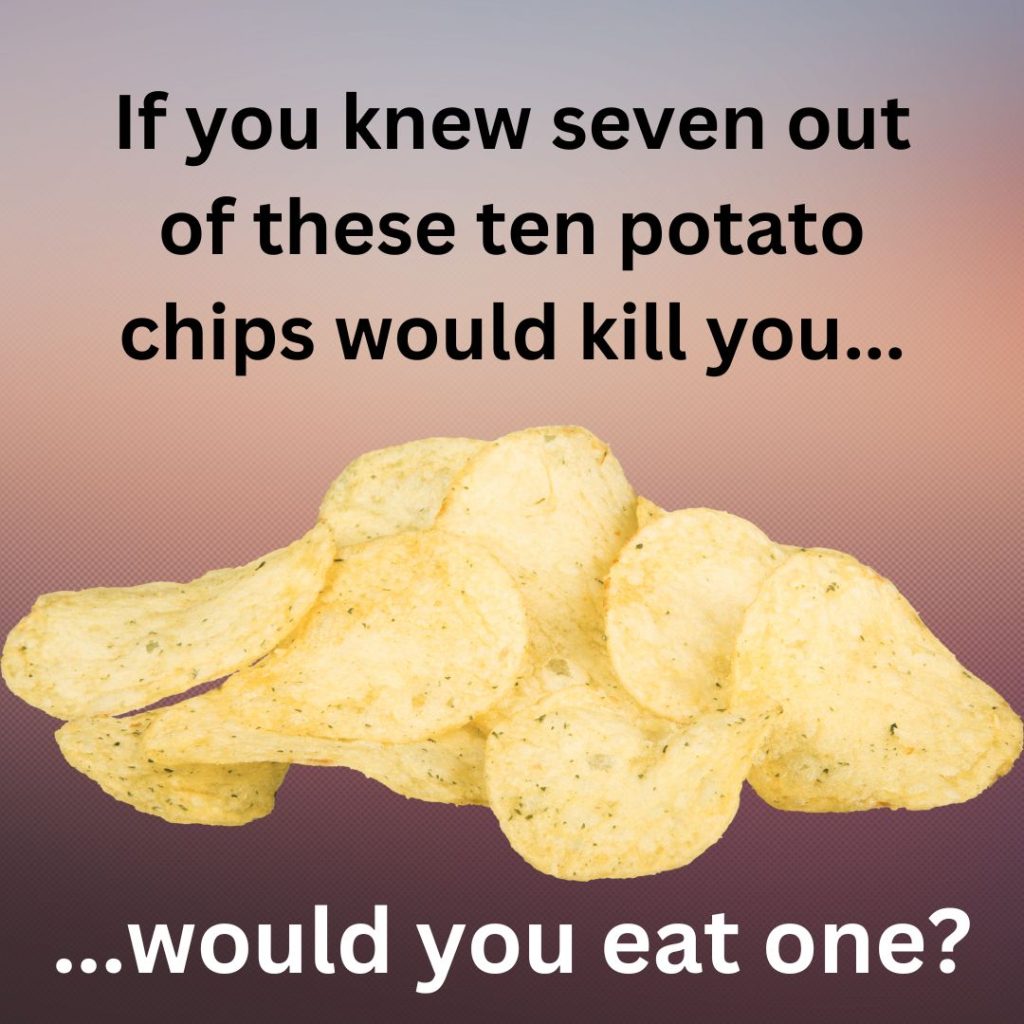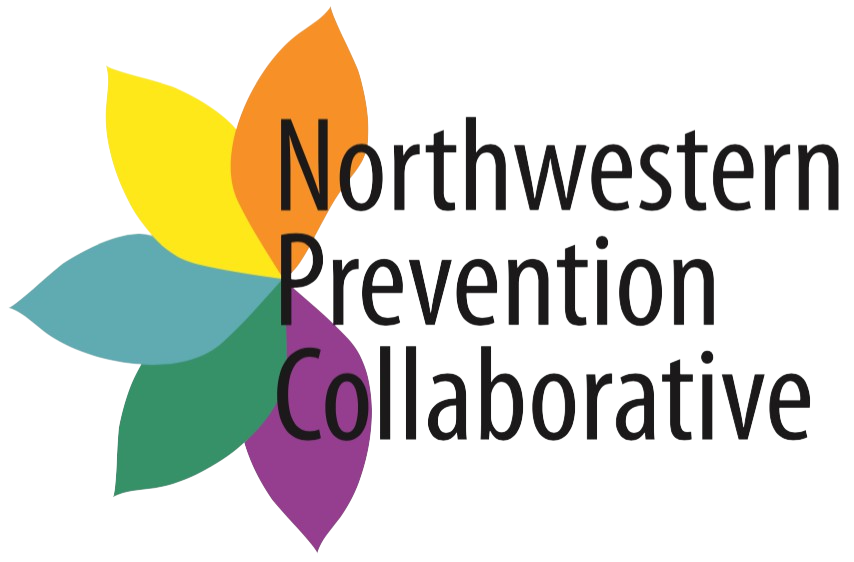Your teen heads off to a party with your blessing. You’ve done your homework. Parents will be there, and some of the kids attending are ones you’ve known forever. It will be good for your child to blow off some steam with friends, you think. Life has been so stressful lately. You’re thankful your teen has surrounded themselves with “good” kids. Like many parents, you don’t know about fentanyl.
Which is why the phone call that comes a few hours later is so completely unexpected.
Your child is being taken to the hospital after overdosing on some sort of drug. Confused and frantic, you beg their friends to help you understand as you all sit in the waiting room anxiously awaiting news. The story comes out in bits and pieces.
In the end, you learn that one of the kids shared a counterfeit pill with your teen. It was laced with fentanyl, a synthetic opioid that is 50 times stronger than heroin, 100 times more powerful than morphine.
Two grams, what can fit on the tip of a pencil, is enough to kill someone.
Urgent update: Lethal doses of fentanyl found in 7 out of 10 pills
We have written articles on our website before about fentanyl. Unfortunately, the news has gotten worse instead of better. In 2021, 4 out of 10 counterfeit pills contained a potentially lethal dose of fentanyl. In 2022, it was 6 out of 10. Now, it’s 7 out of 10. Put another way, 70% of the pills contain a potentially lethal dose.

What does “potentially lethal” mean?
People often ask why there aren’t even more overdose deaths if so many pills contain a potentially lethal dose. The answer is that a lot of factors go into determining if it is a deadly dose. The guide is 2 mg, which is enough to kill an average-weight person who has not built up a tolerance. If a person has built up a tolerance for opioids, or is above-average in weight, those are two factors that could cause them to not overdose. But many other factors come into play. It can never be assumed that you have built up enough of a tolerance to be safe. There is no such thing as safe when it comes to street drugs containing fentanyl.
Getting back to those odds…
If you accept a counterfeit pill, you have a 70% chance of that pill containing enough fentanyl to kill you. Even cutting it in half won’t keep you safe. Just like chocolate chips in a cookie, fentanyl doesn’t distribute evenly. Therefore, just as you can have a group of chocolate chips in half of a cookie and one or even none in the other half, you can have all 2 mg (or more) of fentanyl in one half of a pill and practically nothing in the other half.
So how does that 70% compare to other odds? Let’s take a look at a few common dreams parents and their teens have for themselves, and the chances they have of making it happen:
- Becoming an NFL player: 1.6%
- Becoming an NBA player: 0.03%
- Becoming an astronaut: 0.001%
- Becoming a published author: 1% to 2%
Obviously, those stats reflect careers, which is something kids can work towards. To make it more relevant to the chances of taking in a lethal dose of fentanyl, let’s look at a few things that are more chance-based:
- Odds of pulling an ace from a deck of 52 cards: 4 in 52, or 7.69%
- Odds of being dealt a royal flush out of a 52-card deck: 4 out of 2,598,960, or 0.000154%
- Odds of being bitten by a dog: 1 in 50, or 2%
To make the danger more relatable to your children, you can look up stats about something they enjoy.
Give your kids a visual
Of course, for many of us, trying to compare a 70% chance to a .000154% chance seems hard to comprehend. Numbers work well for some teens, but a visual may help others. Instead of looking up statistics, take ten pieces of a favorite candy or potato chips and lay them out. Talk with your kids about whether they would pick any one of those if they knew that seven of them could kill them.

Remember, fentanyl is odorless and tasteless. It is impossible to tell if a counterfeit pill contains the deadly drug. Many of our teens have died because they trusted the person giving it to them and/or thought it couldn’t happen to them. It is important to talk with your kids often and be firm in your expectations. Studies have shown that kids are less likely to try drugs or drink underage if they know their parents would not approve.
One more suggestion: Register for a free Revive training and keep naloxone in your home. While the hope would be that you never need it, it’s better to be prepared to save a life.
If you want to know more about fentanyl, visit the DEA website One Pill Can Kill.




Comments are closed.